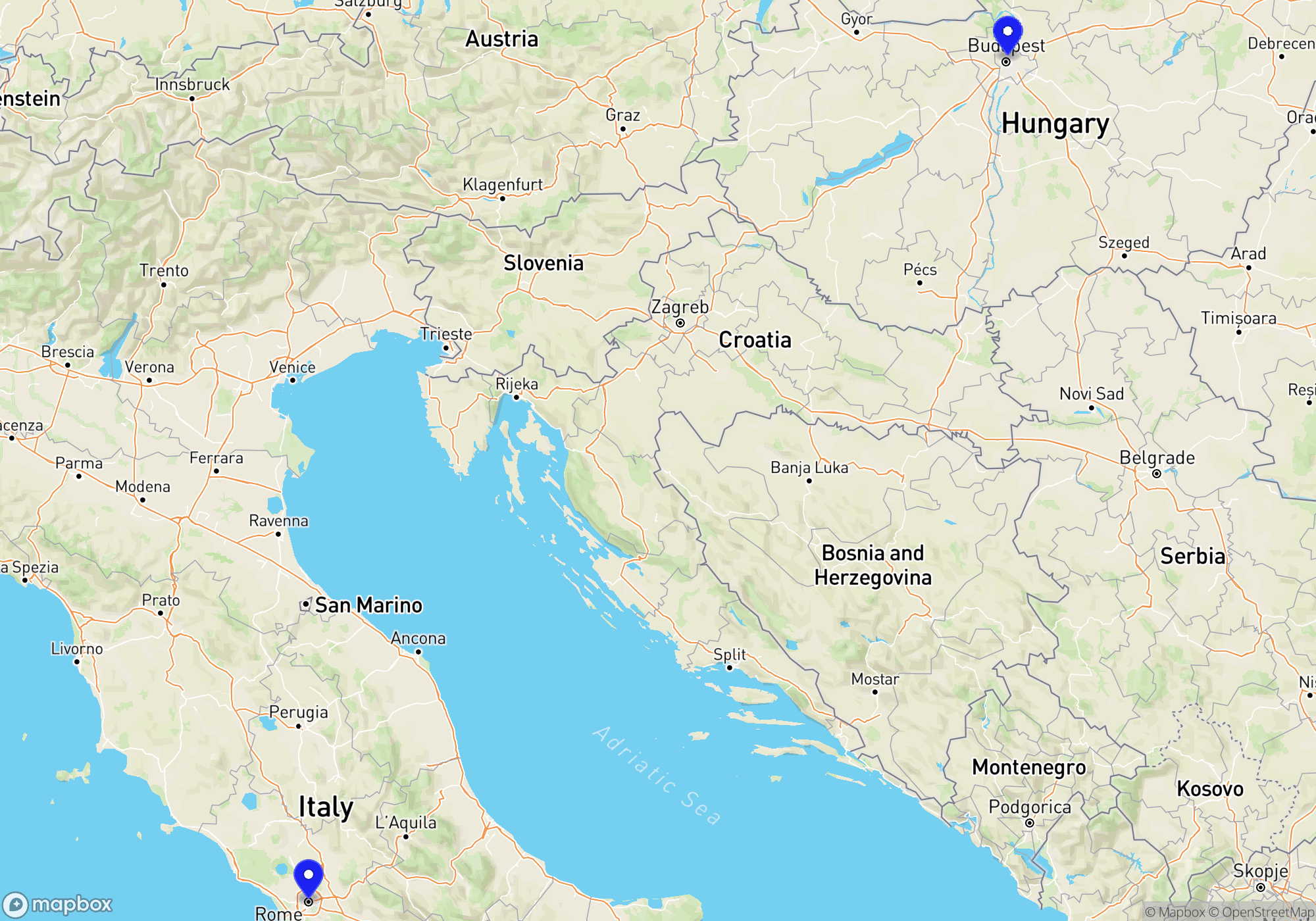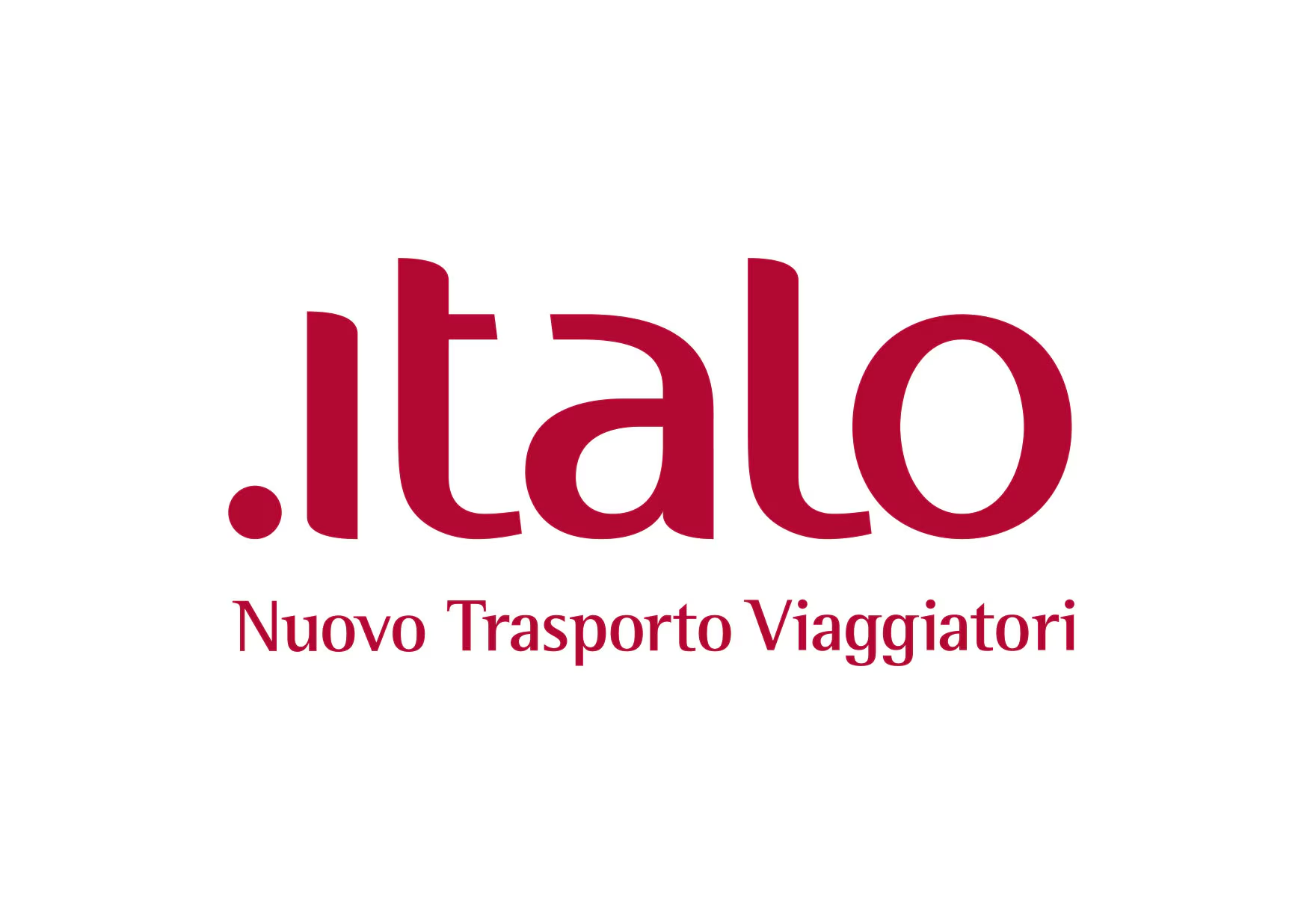
You can buy train tickets directly from the operator or through a reseller. The reseller is typically slightly more expensive (3-5%) but can provide an easier booking experience, especially if you travel with more than one operator.


These operators provide a complete journey either as a direct connection or through their partners. Even if a change of trains is involved, it’s all part of a single itinerary managed by the same train company or its partners, offering a smoother and more coordinated travel experience.

Some operators don’t run direct trains the whole way, but they serve either the departure or arrival station. In many cases, you can combine two of these operators to complete your journey by changing trains along the way. This is often a flexible and budget-friendly way to travel — especially if you’re comfortable piecing together your own itinerary.
Just keep in mind that these are separate journeys, which means a delay on the first leg could cause you to miss the second without automatic compensation or rebooking. It’s a great option for confident travelers who don’t mind a bit of extra planning.




FlixBus, originally known for its extensive bus services across Europe, has expanded into the rail sector with FlixTrain. However, FlixBus itself does not operate train services from Budapest to Rome but rather focuses on bus routes, while FlixTrain, its railway operation, primarily serves routes within Germany and Sweden. For train travel from Budapest to Rome, travelers typically need to utilize other rail operators such as ÖBB (Austrian Railways) or Trenitalia (Italian Railways), which offer international and domestic rail services.
FlixTrain offers a more budget-friendly rail travel experience compared to traditional railway operators. They operate primarily in Germany and Sweden, providing an alternative to established national rail services. Their trains are often refurbished older models, offering comfortable seating with optional seat reservations for a small fee. Depending on the route, the trains are equipped with amenities like free Wi-Fi, power outlets at seats, and a selection of snacks and drinks available for purchase. However, FlixTrain does not offer the same extensive range of services like dining cars or sleeper compartments typically found on long-distance trains by more traditional train companies.
Customer support for FlixTrain is part of the wider FlixBus network, known for its user-friendly online booking systems and mobile apps, making it simple for travelers to book tickets and check schedules. The customer service is accessible via phone, email, and social media channels, although responses can vary in speed. Because FlixTrain is a no-frills option, services such as full meal dining might not be offered, and baggage allowances should be checked in advance to avoid surprises. First-time travelers should ensure they check the specific amenities and services offered on their chosen route, as these can vary.
When traveling by train from Budapest to Rome, both the Interrail Global Pass and Eurail Pass can be used, as long as travel crosses at least one border between Hungary and another country on the way to Italy. The Interrail Global Pass is available to European residents and is valid for international travel between countries, while the Eurail Pass is intended for non-European residents and allows international travel across multiple countries. The Interrail One Country Pass is not applicable in this instance as it is only valid for travel within a single country, which does not cover a multi-country trip from Hungary to Italy. European residents cannot use the Eurail Pass.
Upon arriving in Rome by train, navigating the city using local transportation is straightforward. The metro is a popular choice with three lines, A (orange), B (blue), and C (green), covering key areas of the city. Line A connects to major attractions like the Vatican Museums and the Spanish Steps, while Line B serves the Colosseum and the Circus Maximus. The trams are convenient for reaching neighborhoods not covered by the metro. One example is Tram 8, which connects Piazza Venezia to Trastevere, a lively district known for its dining options. Buses complement the metro and tram systems, reaching areas that other transport forms might not cover. Tickets are interchangeable between buses, trams, and the metro, and must be validated upon boarding. Taxis are available at ranks near major train stations, hotels, and city squares, and can also be hailed on the street. It’s advisable to ensure the meter is running to avoid overcharging. Ridesharing services like Uber are available, though less prevalent than taxis and at times more expensive. Rome’s extensive transportation network makes it easy to explore the city’s historical and modern districts efficiently.
Rome is a central hub in Italy’s extensive train network, offering numerous domestic and international rail connections. Domestically, one of the most popular routes is Rome to Florence. This route is often served by high-speed trains like Trenitalia’s Frecciarossa and Italo, taking around 1.5 hours. Another key connection is Rome to Milan, which is also covered by high-speed services, with journeys typically lasting around 3 hours. Rome to Naples is another frequent and quick connection, often handled by high-speed trains, and it takes just over an hour. For those heading to Venice from Rome, high-speed trains provide a direct service taking about 3.5 to 4 hours.
Internationally, Rome connects to multiple European cities. While there aren’t direct high-speed international services, you can travel to various destinations with connections. The Thello night train, for example, used to serve the route from Rome to Paris; however, services like those may require travelers to make connections now, often passing through Milan or Venice first and then onward to destinations like Paris via additional train services. Travelers can head to Switzerland via Milan, connecting further to cities like Zurich and Geneva. Rail connections via Austria pass through cities like Venice, providing access to Vienna with ÖBB trains.
Overall, Rome’s train connections offer efficient access to not only the cultural heartlands of Italy but also various key cities across Europe, integrating well into the wider European rail network for seamless travel.
The best months to visit Rome are typically April, May, and October. During these months, the weather is usually pleasant, with mild temperatures and blooming landscapes, making it ideal for sightseeing. This period allows you to enjoy Rome’s outdoor attractions comfortably, without the heat of the summer. Additionally, traveling in these shoulder months often means fewer crowds compared to the peak season in June through August, which could mean slightly lower accommodation prices and more room to explore iconic sites. Arriving by train during these months also offers a scenic and stress-free journey through sun-drenched countrysides, especially pertinent in spring. Furthermore, this period often aligns with a robust calendar of events: in April, the city’s birthday, Natale di Roma, features a vibrant array of festivities, while October hosts the Rome Film Festival and numerous food festivals, highlighting Italy’s rich culinary traditions. These elements combined make spring and early fall the most advantageous times to experience the splendor of Rome.
When traveling by train from Budapest to Rome, it is essential to pack your passport, as both Hungary and Italy are part of the Schengen Area and you will need it for identification. Ensure you have a valid train ticket or rail pass for your journey. Bring a European travel power adapter, as the plug types in Hungary and Italy differ (Budapest uses Type C, while Rome uses Type C, F, and L). Carry comfortable clothing and a light jacket, as train temperatures can vary. Snacks, bottled water, and a refillable water bottle will keep you hydrated and refreshed. Don’t forget your mobile phone, charger, and possibly a portable battery pack for longer journeys. A travel pillow, sleep mask, and earplugs can enhance comfort if you’re traveling overnight. It’s also wise to bring travel insurance details, a printed or digital map of Rome, and a phrasebook or translation app if you aren’t fluent in Italian. Pack any necessary medications, sunglasses, a hat, and a small daypack for daily outings. Consider including a reusable shopping bag, a travel journal, and a guidebook to enhance your experience in Rome.